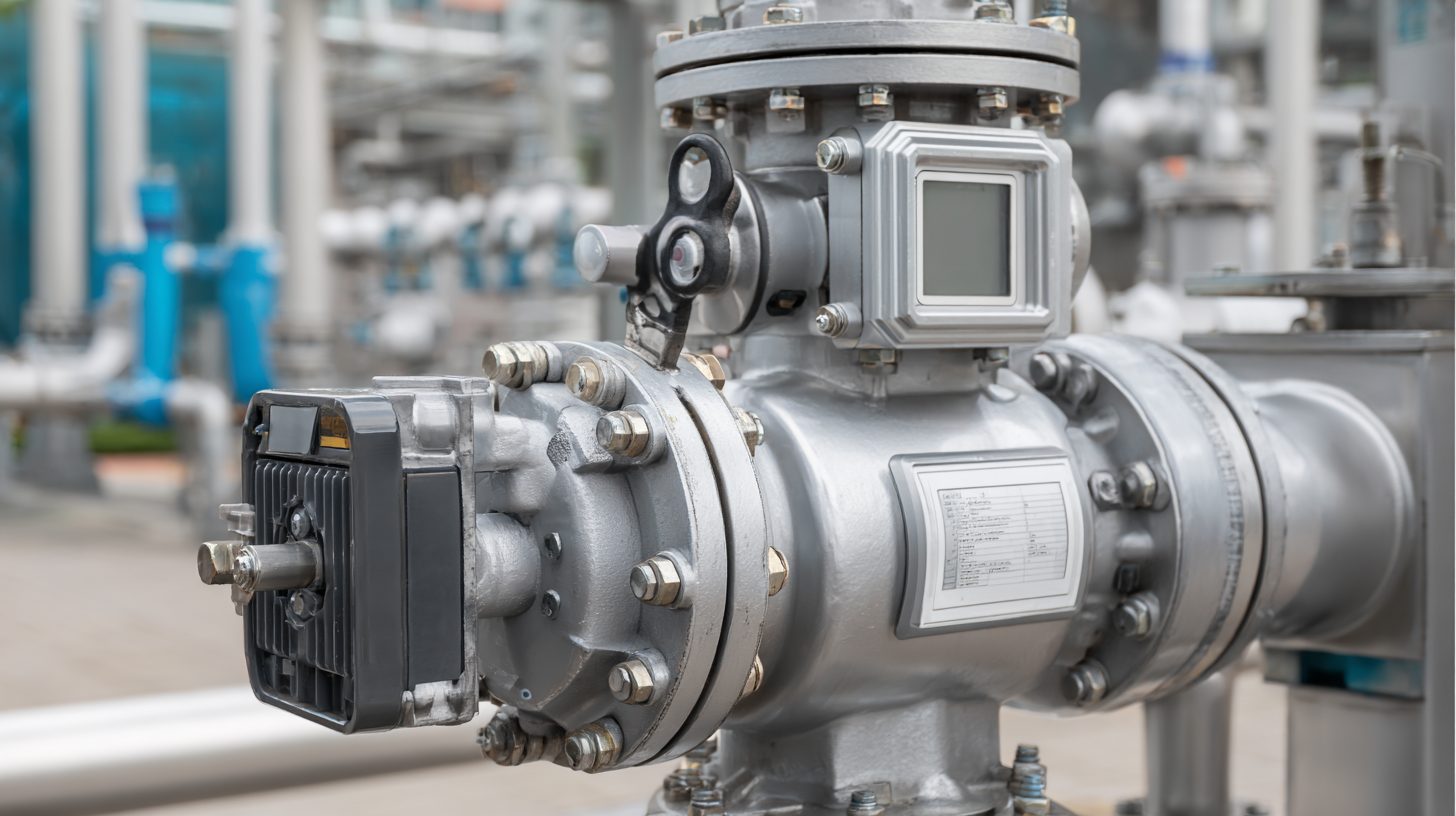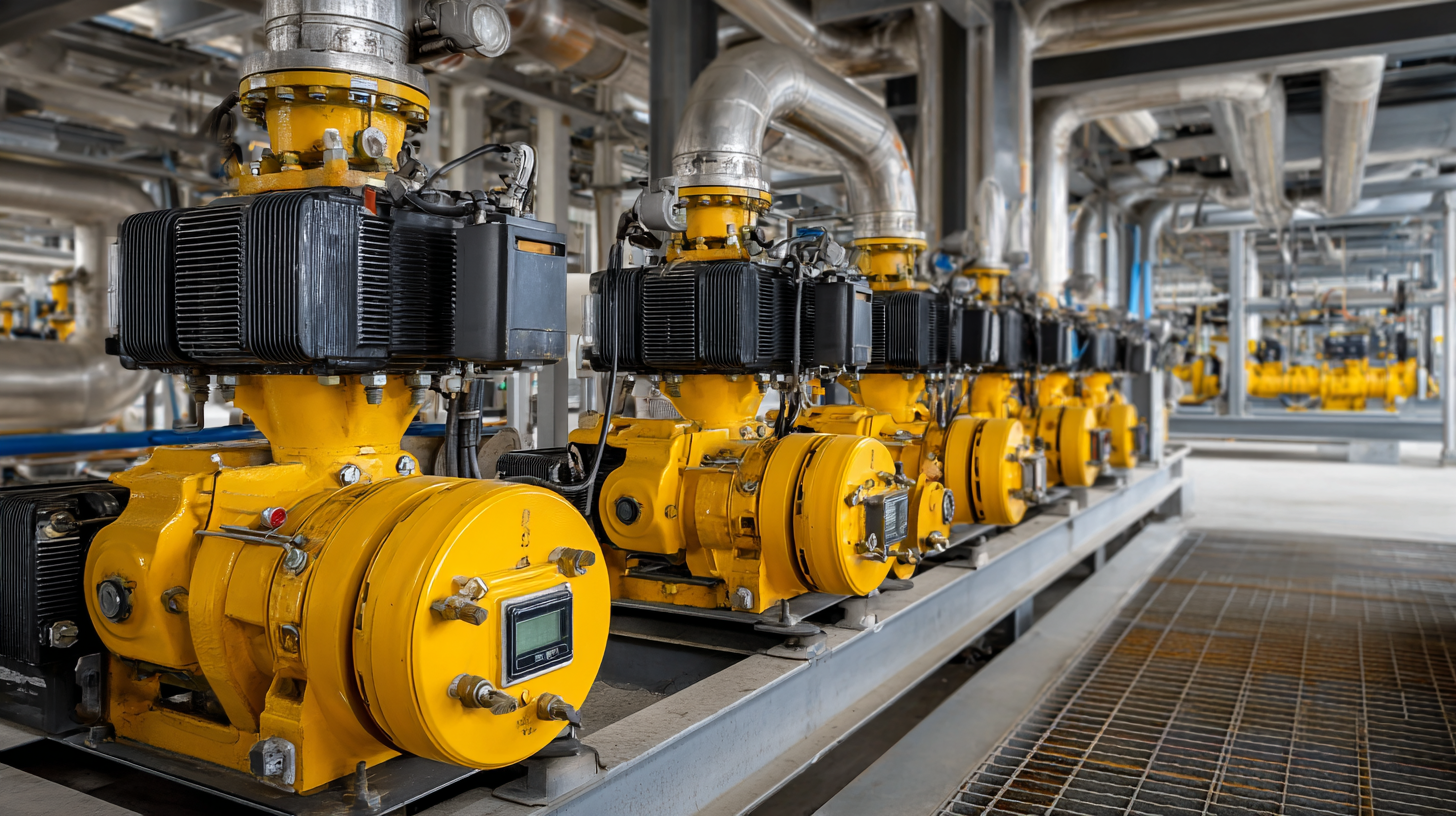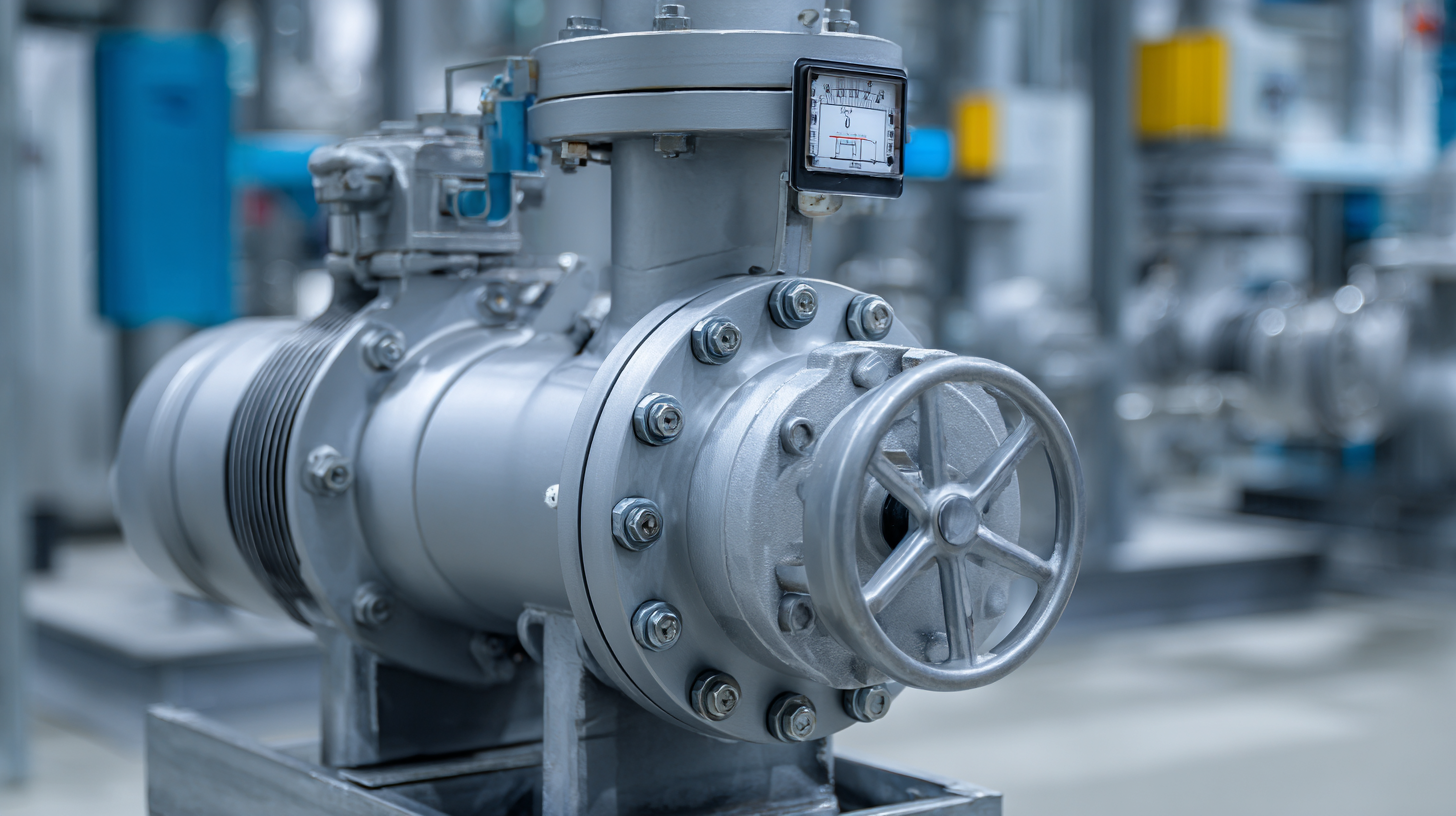Finding the Right Suppliers for Best Control Valve Actuators A Comprehensive Checklist Guide
 In the increasingly complex landscape of industrial automation, selecting the right suppliers for control valve actuators is critical for optimizing system performance and reliability. According to a recent market analysis report by Research and Markets, the global control valve actuator market is projected to exceed $5 billion by 2027, driven by the growing demand for automated control solutions across various sectors such as oil and gas, water management, and power generation. However, companies often face challenges in identifying suppliers that not only meet their technical requirements but also align with their operational goals. This comprehensive checklist guide aims to address the common issues associated with supplier selection, providing valuable insights into evaluating potential suppliers to ensure the highest standards of quality and efficiency in control valve actuator performance.
In the increasingly complex landscape of industrial automation, selecting the right suppliers for control valve actuators is critical for optimizing system performance and reliability. According to a recent market analysis report by Research and Markets, the global control valve actuator market is projected to exceed $5 billion by 2027, driven by the growing demand for automated control solutions across various sectors such as oil and gas, water management, and power generation. However, companies often face challenges in identifying suppliers that not only meet their technical requirements but also align with their operational goals. This comprehensive checklist guide aims to address the common issues associated with supplier selection, providing valuable insights into evaluating potential suppliers to ensure the highest standards of quality and efficiency in control valve actuator performance.
Understanding Control Valve Actuators: Types and Their Applications in Industry
Control valve actuators play a critical role in various industrial applications, acting as the driving force that regulates the flow of fluids through control valves. These actuators can be broadly classified into two main types: pneumatic and electric. Pneumatic actuators leverage compressed air to achieve movement and are widely used in processes requiring rapid action and high force. Their reliability and ability to function in hazardous environments make them a preferred choice in industries such as oil and gas, chemical processing, and water treatment.
On the other hand, electric actuators utilize an electric motor to provide precise control and position feedback. They are ideal for applications where accuracy and speed are paramount, such as in HVAC systems and food production processes. Electric actuators can be easily integrated with modern control systems, offering flexibility and advanced functionality. Understanding the various types and their specific applications can enhance efficiency and performance in industrial operations, ensuring that businesses can select the right actuator for their control valve needs.
The Role of Suppliers: Criteria for Assessing Quality and Reliability
When searching for the right suppliers of control valve actuators, assessing their quality and reliability is paramount. Suppliers should exhibit a track record of compliance with industry standards, such as ISO 9001, which guarantees consistent quality through effective quality management systems. According to a report by MarketsandMarkets, the global actuator market is projected to grow from USD 33.62 billion in 2021 to USD 45.83 billion by 2026, highlighting the increasing demand for reliable suppliers in this sector.
To ensure the suppliers you choose meet these vital criteria, consider implementing a checklist that evaluates their experience, technical expertise, and customer feedback. Engaging with online industry forums and supplier review platforms can provide valuable insights into a supplier's reputation. Additionally, conducting site visits and assessing their manufacturing and testing capabilities can further reinforce their reliability.
**Tip:** Always ask for references and case studies from potential suppliers. This will not only provide you insight into their past performance but also illustrate their ability to handle projects similar to yours.
**Tip:** Look for suppliers who offer comprehensive customer support and after-sales services. Efficient communication and quick response times can significantly impact your operations and ensure streamlined processes during emergencies or maintenance periods.
Key Industry Statistics: Market Growth and Trends in Control Valve Actuators
The control valve actuator market has been experiencing significant growth over the past few years, driven by the
increasing demand for automation across various industries. According to a recent
report by MarketsandMarkets, the control valve actuators market is expected to reach USD 5.12 billion
by 2025, growing at a compound annual growth rate (CAGR) of 5.2% from 2020. This growth is primarily fueled by
advancements in technology and the rising need for efficient and safe control
in process industries such as oil and gas, chemical manufacturing, and water treatment.

In addition to market growth, industry trends indicate a shift towards electric actuators
due to their high efficiency and lower maintenance costs compared to pneumatic alternatives. A report by Research and
Markets highlights that electric valve actuators are projected to capture a substantial market share, with estimates
suggesting that they will account for over 45% of total actuator sales by 2024.
This trend reflects the broader movement towards sustainability and energy efficiency, aligning with global efforts
to reduce carbon footprints and improve operational performance in manufacturing processes.
Building Long-Term Relationships with Suppliers: Best Practices and Strategies
Building long-term relationships with suppliers is essential for enhancing the performance and reliability of control valve actuators. According to a report by MarketsandMarkets, the global valve actuator market is projected to grow from $4.3 billion in 2020 to $6.1 billion by 2025, highlighting the increasing demand for efficient and reliable equipment. Establishing strong partnerships with suppliers allows companies to benefit from their expertise, share insights on technology developments, and ensure timely delivery of high-quality actuators, which in turn improves process efficiency and operational continuity.

Effective communication plays a pivotal role in fostering these relationships. Research from Deloitte shows that organizations with strong supplier relationships see up to a 50% increase in procurement efficiency. Companies should engage in regular dialogue, set clear expectations, and align on shared goals to solidify these partnerships. Adopting practices such as collaborative forecasting and joint problem-solving not only strengthens trust but also enhances innovation, ensuring that both parties can adapt to market changes and emerging technologies more swiftly. As the industry continues to evolve, nurturing these relationships will be crucial for long-term success and operational excellence.
Evaluating Supply Chain Efficiency: Metrics for Success in Actuator Procurement
In the process of procuring control valve actuators, evaluating supply chain efficiency is paramount to ensure that your operations run smoothly and cost-effectively. According to a report by Gartner, companies that effectively manage supply chain operations can achieve a 15-20% increase in customer satisfaction and a notable reduction in overall operational costs. Metrics such as lead time, order accuracy, and supplier performance are crucial for assessing the efficiency of your supply chain. By focusing on these areas, businesses can optimize their procurement strategy for actuator devices.
Tip: Implementing a supplier scorecard can help track critical performance indicators, ensuring that your suppliers meet your expectations regarding delivery and quality. This approach not only fosters better relationships with suppliers but also allows for easier identification of potential issues before they become significant problems.
Additionally, data from the Supply Chain Management Review highlights the importance of agile supply chains. Ensuring that your suppliers can adapt to market changes and demands can enhance your operational flexibility. Metrics such as inventory turnover and order fulfillment lead time should be closely monitored to maintain a responsive supply chain that can adapt to the fast-evolving landscape of actuator technology.
Tip: Regularly review your suppliers’ compliance with industry standards and certifications. This due diligence can help mitigate risks and ensure that you are sourcing from reliable partners who contribute positively to your overall supply chain efficiency.

 In the increasingly complex landscape of industrial automation, selecting the right suppliers for
In the increasingly complex landscape of industrial automation, selecting the right suppliers for 
